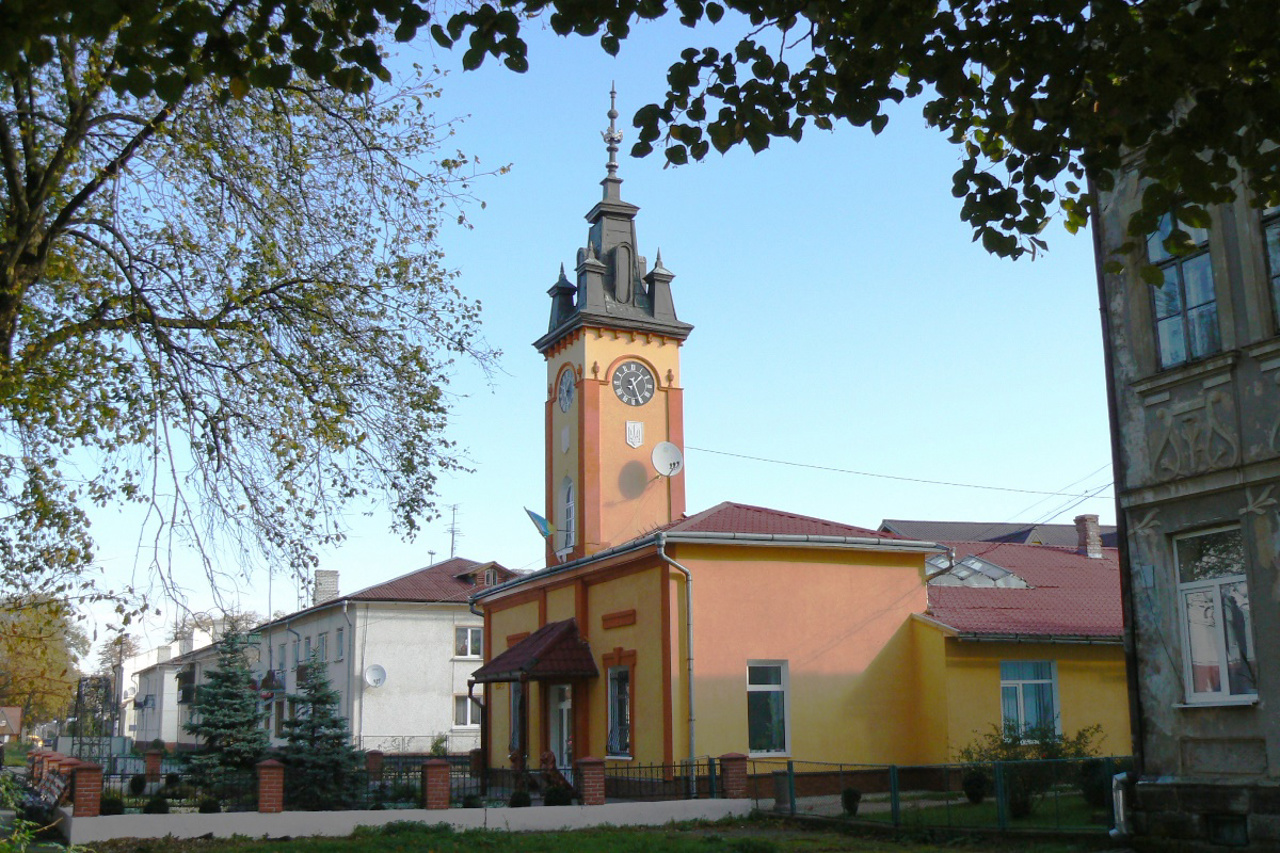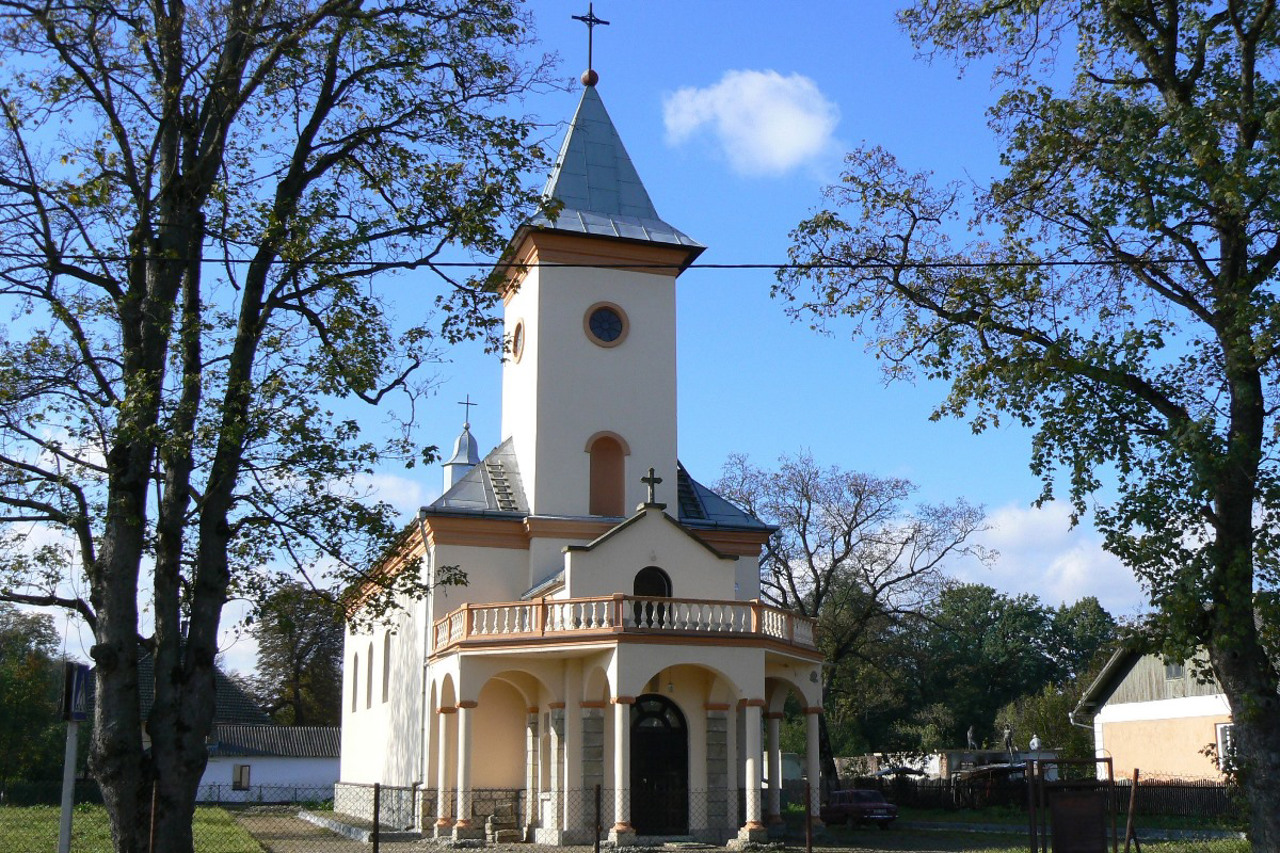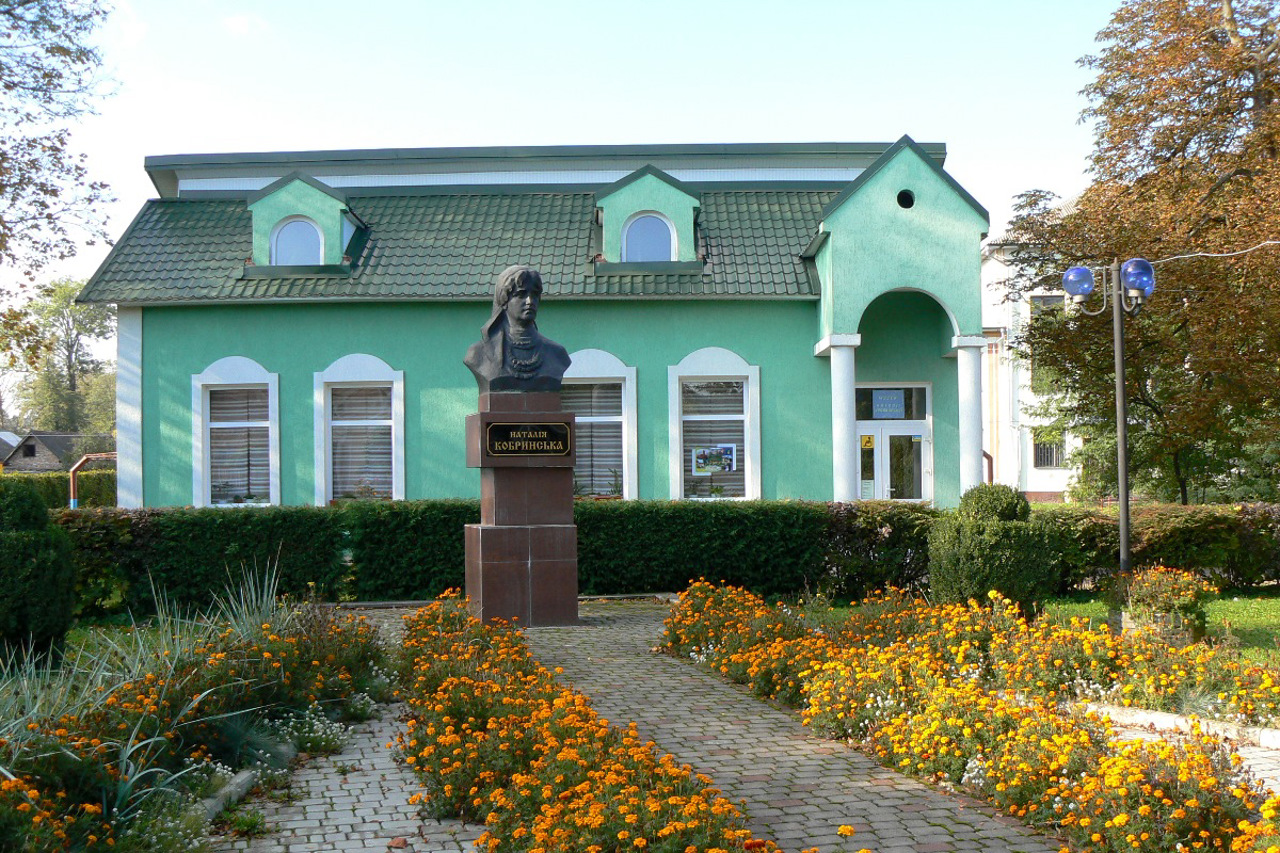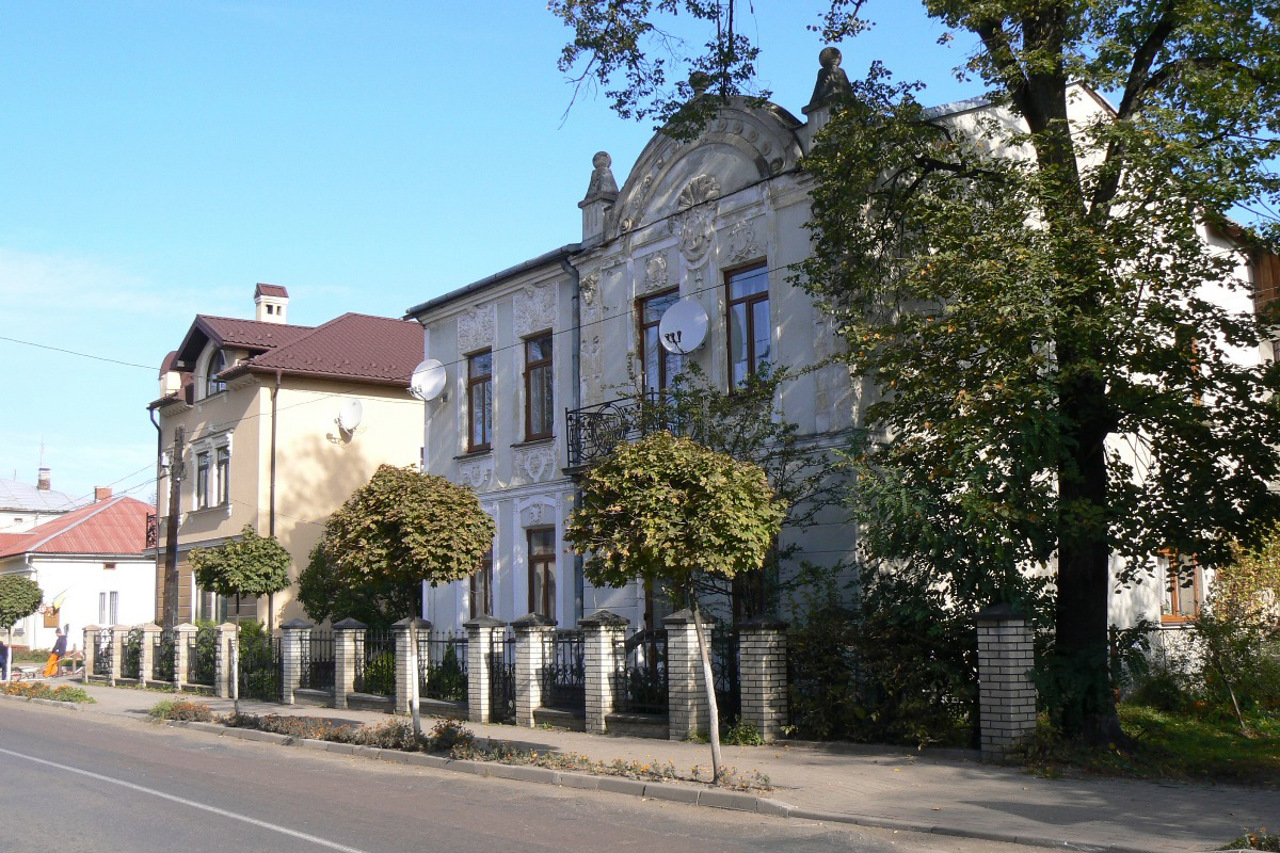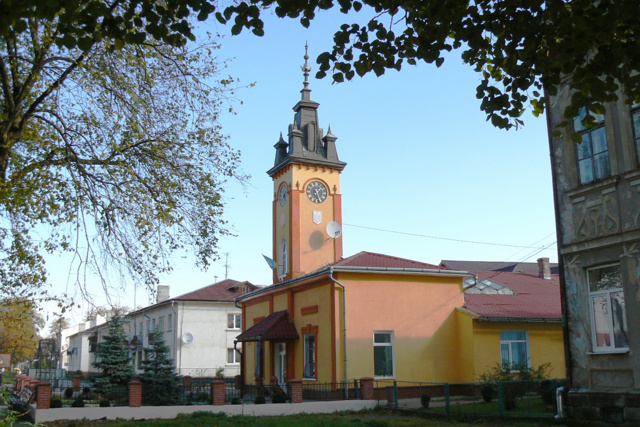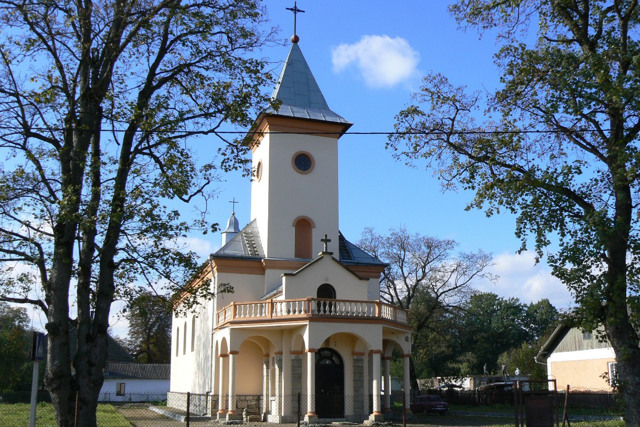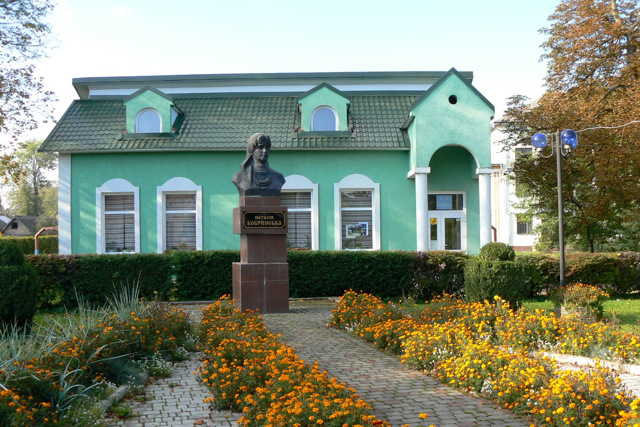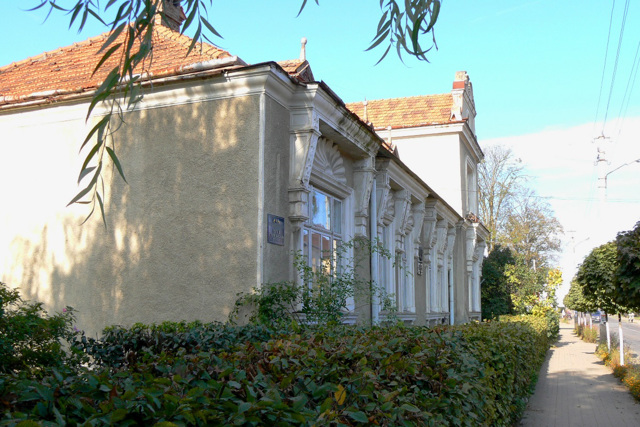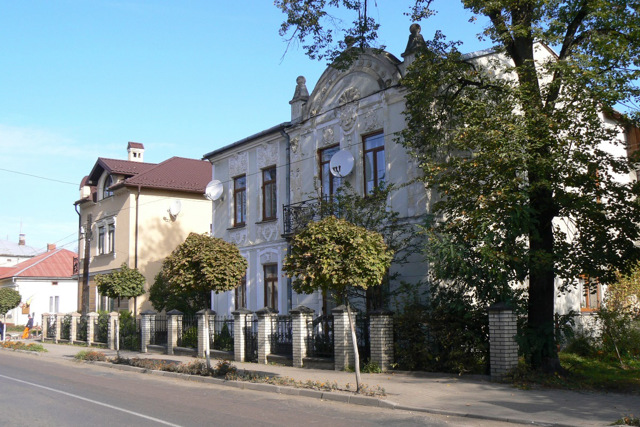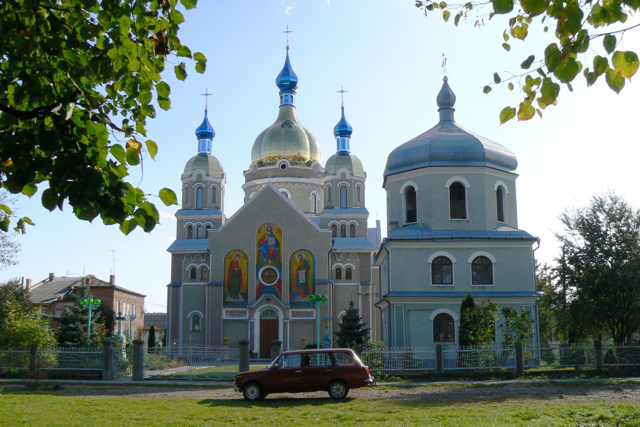Functional temporarily unavailable
General information about Bolekhiv
The city of Bolekhiv on the Sukil River is located in the foothills of the Carpathians, 20 kilometers south of Stryi.
The date of foundation is considered to be 1371, when the Bolekhiv lands are first mentioned in documents. In the 16th century, salt mining began here (a 19th-century saltworks has been preserved). In 1603, Bolekhiv received Magdeburg rights, the main attraction of the city is now the city hall.
In the 18th century, these lands were covered by the opryshky rebel movement, many places are associated with the name of the legendary folk hero Oleksa Dovbush.
At the end of the 19th century, Bolekhiv became the center of the gender movement – the famous feminist Nataliya Kobrynska lived and worked here for a long time (the museum is open).
Before ...
The city of Bolekhiv on the Sukil River is located in the foothills of the Carpathians, 20 kilometers south of Stryi.
The date of foundation is considered to be 1371, when the Bolekhiv lands are first mentioned in documents. In the 16th century, salt mining began here (a 19th-century saltworks has been preserved). In 1603, Bolekhiv received Magdeburg rights, the main attraction of the city is now the city hall.
In the 18th century, these lands were covered by the opryshky rebel movement, many places are associated with the name of the legendary folk hero Oleksa Dovbush.
At the end of the 19th century, Bolekhiv became the center of the gender movement – the famous feminist Nataliya Kobrynska lived and worked here for a long time (the museum is open).
Before the Second World War, more than half of the population of Bolekhiv consisted of Jews, but almost all of them were exterminated by the Nazis.
The architectural monuments are the churches of Saint Paraskeva, Saint Anna, Myrrh-bearing Women, the Roman Catholic Church of the Ascension of the Mother of God, a synagogue, residential buildings of the end of the 19th century, educational buildings of the technical school (first, the premises of the court and forest school).
Місто Болехів на річці Сукіль розташоване в передгір'ях Карпат за 20 кілометрів на південь від Стрия.
Датою заснування вважається 1371 рік, коли в документах вперше згадуються Болехівські землі. У XVI столітті тут почався видобуток солі (збереглася солеварня ХІХ століття). У 1603 році Болехів отримав Магдебурзьке право, головною пам'яткою міста тепер є міська ратуша.
У XVIII столітті ці землі охопили повстанським рухом опришків, багато місць пов'язані з ім'ям легендарного народного героя Олекси Довбуша.
Наприкінці XIX століття Болехів став центром ґендерного руху – тут тривалий час жила та працювала знаменита феміністка Наталія Кобринська (працює музей).
До Другої світової війни більше половини населення Болехова складали євреї, але майже вс ...
Місто Болехів на річці Сукіль розташоване в передгір'ях Карпат за 20 кілометрів на південь від Стрия.
Датою заснування вважається 1371 рік, коли в документах вперше згадуються Болехівські землі. У XVI столітті тут почався видобуток солі (збереглася солеварня ХІХ століття). У 1603 році Болехів отримав Магдебурзьке право, головною пам'яткою міста тепер є міська ратуша.
У XVIII столітті ці землі охопили повстанським рухом опришків, багато місць пов'язані з ім'ям легендарного народного героя Олекси Довбуша.
Наприкінці XIX століття Болехів став центром ґендерного руху – тут тривалий час жила та працювала знаменита феміністка Наталія Кобринська (працює музей).
До Другої світової війни більше половини населення Болехова складали євреї, але майже всі вони були знищені нацистами.
Пам'ятками архітектури є храми Святої Параскеви, Святої Анни, Жінок Мироносиць, римсько-католицький костел Вознесіння Матері Божої, синагога, житлові будинки кінця XIX століття, навчальні корпуси технікуму (перш – приміщення суду та лісової школи).
Сплануй своє перебування у Bolekhiv
What to see and where to go in Bolekhiv
Tourist attractions and museums of Bolekhiv
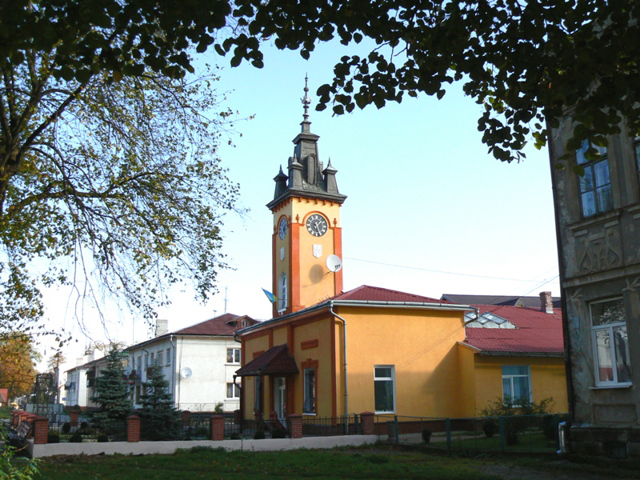
Bolekhiv City Hall
Architecture
The city hall of Bolekhiv in its current form was built in 1863, although it was laid back in the 18th century.
Bolekhiv had the Magdeburg right since 1603 according to the privilege granted by the Polish king Sigismund III.
The city magistrate was stationed here on the corner of the central square. The small, elegant building of the Bolekhiv City Hall has a clock tower with a figured top.
Recently, the town hall was restored, new chimes of the work of modern Lviv master Oleksiy Burnaev were installed on the clock tower.
To this day, the town hall is used for its intended purpose - it houses the Bolekhiv City Council.
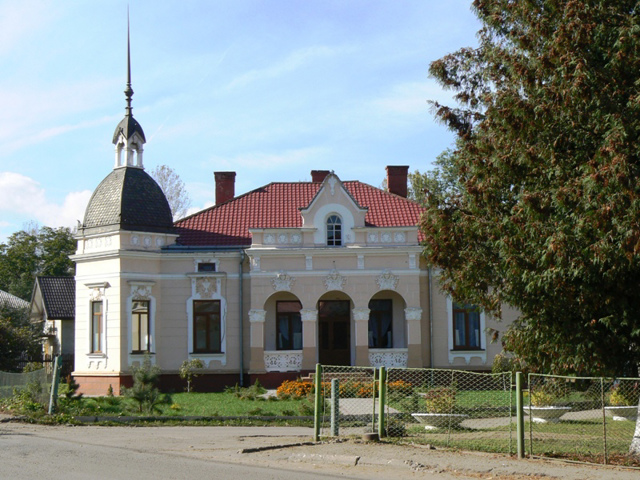
Art Nouveau Residential Building
Architecture
A residential building in the Art Nouveau style on Yevhena Konovaltsya street, near the turn towards Bubnyshche, is the most interesting example of Bolekhiv civil architecture of the 19th century.
A tower with a high spire gives a romantic look to a one-story house.
Currently, it is one of the buildings of the Bolekhiv city hospital.
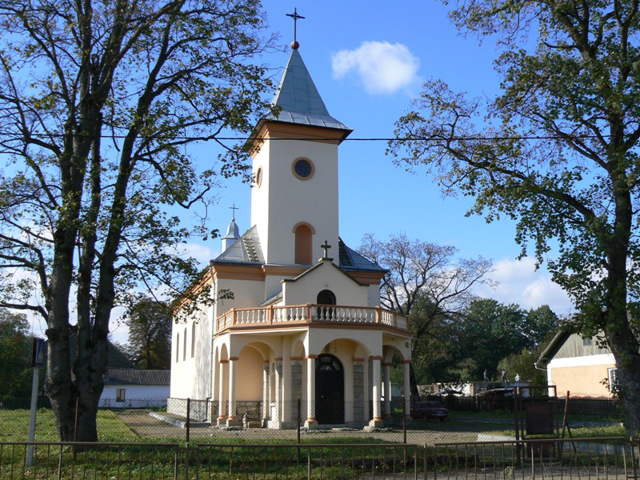
Assumption of Holy Virgin Mary Church
Temple , Architecture
The Church of the Assumption of the Holy Virgin Mary was built in Bolekhiv in the 1820s on the site of an old church that existed from the 16th-17th centuries.
The first church was wooden. A new church was built in its place in 1730-1738, but it collapsed due to engineering miscalculations.
The present Assumption Church in the Art Nouveau style was closed in Soviet times, used as a sports hall, then a boiler room.
In 1994-2000, the Assumption of Holy Virgin Mary Church was restored. Today it belongs to the Catholic community of Bolekhiv.
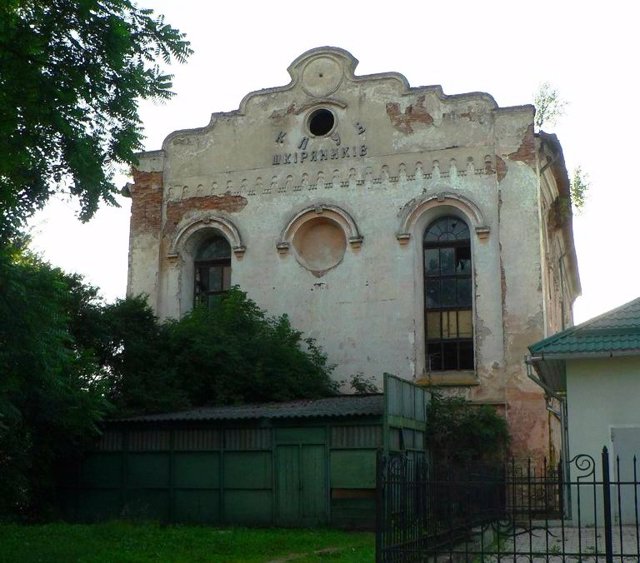
Bolekhiv Synagogue
Temple , Architecture
The building of the great synagogue in Bolekhiv was built in 1789-1808.
Before the Second World War, more than half of the population of Bolehov consisted of Jews, but almost all of them were exterminated by the Nazis.
In Soviet times, the synagogue premises were used as a club. The building is currently in a state of disrepair.
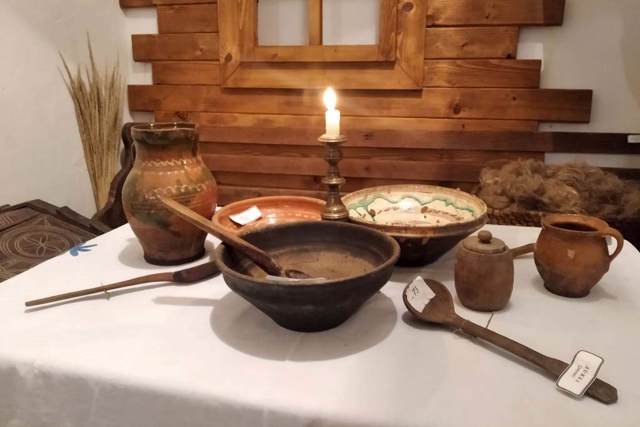
City History Museum named after Roman Skvoriy
Museum / gallery , Architecture
The Bolekhiv City History Museum named after Roman Skvoriy is located in a small old building in the central part of the city, which is an architectural monument of local importance.
The museum is named after Bolekhiv local historian Roman Skvoriy, who founded this institution in 1967 (a memorial plaque has been installed).The basis of the exposition was the collection of objects collected by Skvoriy, related to the life and social activities of the well-known resident of Bolekhiv, activist of the gender movement Nataliya Kobrynska (since 2005, this selection is presented in a separate museum of Nataliya Kobrynska).
Currently, the museum's exposition consists of six sections: "History of the Bolekhiv city", "Boykos Room", "Development of industry, education and culture in the 20-30s of the 20th century", "Second World War, victims of Nazi and Bolshevik occupation", "National and spiritual revival of our region", "The struggle of the Ukrainian people for the establishment of their statehood".
Among the exhibits: fragments of handwritten liturgical books of the 17th century, a series of photographs of sculptor Mykhaylo Chereshnevsky and Metropolitan Andrey Sheptytsky, notes of Taras Bobrynsky with Nataliya Kobrynska's own stamp, etc.
A monument to ukrainian sich riflemen, artist, sculptor and poet Mykhaylo Havrylko was erected near the museum.
Reviews Bolekhiv
Geographical information about Bolekhiv
| {{itemKey}} | {{itemValue}} |
|---|---|
| Region |
Ivano-Frankivsk |
